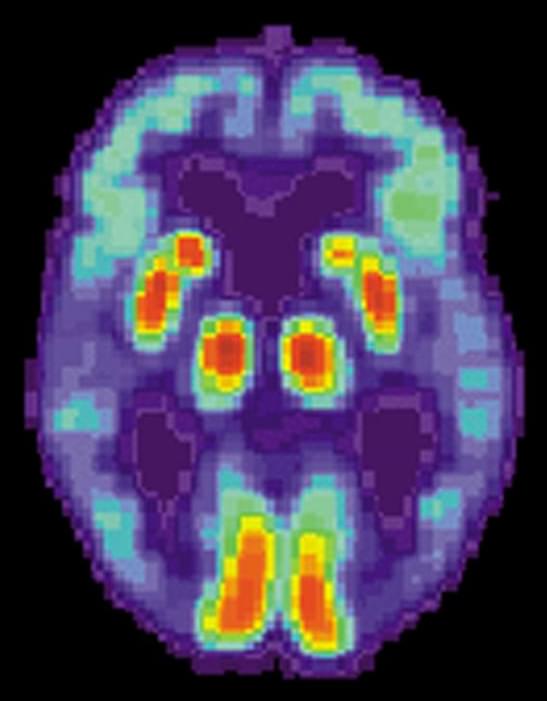With a more sustainable world goal, MIT researchers have succeeded in developing a new LEGO-like AI chip. Imagine a world where cellphones, smartwatches, and other wearable technologies don’t have to be put away or discarded for a new model. Instead, they could be upgraded with the newest sensors and processors that would snap into a device’s internal chip – similar to how LEGO bricks can be incorporated into an existing structure. Such reconfigurable chips might keep devices current while lowering electronic waste. This is really important because green computing is the key to a sustainable future.
MIT engineers have developed a stackable, reprogrammable LEGO-like AI chip. The chip’s layers communicate thanks optically to alternating layers of sensing and processing components, as well as light-emitting diodes (LEDs). Other modular chip designs use conventional wiring to transmit signals between layers. Such intricate connections are difficult, if not impossible, to cut and rewire, making stackable configurations nonreconfigurable.
Rather than relying on physical wires, the MIT design uses light to transfer data across the AI chip. As a result, the chip’s layers may be swapped out or added upon, for example, to include extra sensors or more powerful processors.








